Can you ride an e-bike in the rain? Are electric bikes waterproof?
I remember a time in Southern California when I was out on my e-bike, enjoying a sunny afternoon ride along the coast. The weather was perfect—until it wasn’t. The sky had been clear when I set out, but halfway through my journey, dark clouds rolled in, and before I knew it, I got caught in a sudden downpour.
The first thing that came to my mind was, Are electric bikes waterproof? Can you ride an ebike in the rain?
If you’ve ever wondered whether it’s safe to ride an e-bike in the rain or worried about protecting your bike’s electrical components, you’re not alone.
In this article, we’ll explore some crucial points that every e-bike rider should know about dealing with wet weather. We’ll start by answering the burning question: Can you ride an e-bike in the rain? Next, we’ll dive into whether electric bikes are waterproof and why waterproofing your e-bike is essential. We’ll also cover practical tips on how to keep your e-bike waterproof.
In This Article
Can you ride an ebike in rain?
Yes, you can ride an e-bike in the rain, but there are important considerations to keep in mind to ensure both your safety and the longevity of your bike. Most modern e-bikes are designed with weather-resistant components, including sealed electrical systems that protect against moisture.
Riding in light to moderate rain is generally safe for most e-bikes, but heavy downpours or riding through deep water can pose risks. Excessive water exposure can lead to electrical malfunctions, particularly if water seeps into the battery compartment or the motor. Additionally, wet conditions reduce tire traction, increasing the chances of skidding, so it’s important to ride more cautiously and maintain lower speeds.
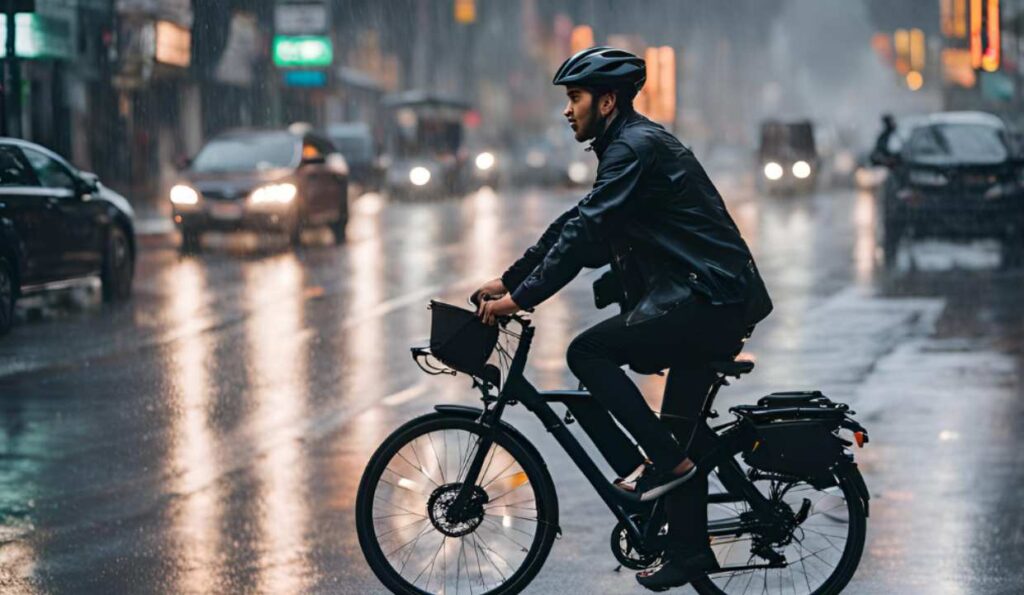
Are electric bikes waterproof?
Electric bikes (e-bikes) are generally designed to be water-resistant, not waterproof. This means that you can ride modern ebikes in rain but you should avoid direct water exposure in heavy rain. It’s essential to understand that “weather-resistant” doesn’t necessarily mean “waterproof.”
Water-resistant vs waterproof
An e-bike labeled as “water-resistant.” They can handle exposure to light moisture, such as drizzle or splashes, without suffering damage. The electrical components, like the battery, motor, and wiring, are usually sealed to prevent water from getting inside, but they are not fully impervious to water.
Obviously, they are not designed for extreme wet conditions such as downpours. Riders should take extra precautions to prevent water from getting inside while riding or direct exposure in rain.
On the other side, a “waterproof” e-bike or its components are designed to be impervious to water, meaning they can withstand significant exposure to moisture, including heavy rain or even brief submersion, without any damage.
Fully waterproof e-bikes are less common and often more expensive due to the advanced sealing technologies required. However, they offer the highest level of protection, making them ideal for riders who live in rainy climates or who frequently ride in wet environments.
Importance of Waterproofing for E-Bikes
Waterproofing of ebikes is essential because it consists of several critical electrical components such as battery, motor, display, controller, wiring connections, etc.
If water gets inside the battery or motor. It can make your bike performance worse. May lead you to replace those parts; obviously, it is expensive.
To further protect your e-bike, consider investing in additional waterproof gear, such as battery covers and fender extensions, and always check the manufacturer’s guidelines regarding riding in wet conditions. By taking these precautions, you can enjoy your e-bike even when the weather isn’t ideal.
How to Keep Your E-Bike Waterproof
Let’s dive into what you need to know to keep your e-bike in top condition, even when the weather isn’t on your side:
1. Use Waterproof Ebike Battery Cover
As you know, the battery is the most crucial component of your ebike. It is the heart of your electric bike. Using a waterproof e-bike battery cover is a simple yet highly effective measure.
By using a waterproof battery cover, you can prevent water damage to the battery. This simple step can extend your ebike battery life and reduce your bike maintenance costs.
A small investment in ebike battery cover can save you thousand bucks in the future.
2. Use Bike Fenders
If you regularly ride your ebike in rain or in muddy areas, then you should consider investing in bike fenders.
Not only will this protect you from mud and debris, but it will also keep the battery, motor, and pedal assist sensor (PAS) clean.
3. Clean your bike
Regularly clean your ebike. Use a dry cloth to remove water drops, dirt, and mud from the battery compartment, motor and pedal sensor.
4. Regular maintenance
Regular maintenance of your electric bike is the best way to get the best performance and best riding experience. Here on this website we have published so many articles for ebike maintenance for your help.
5. Use bike cover
If you keep your bike outside rather than in the garage for most of the time. You should consider using a good bike cover that is capable of protecting your ebike from water and moisture when you leave it outside.
6. Plan a safe route.
During the rainy season, plan a safe route. Also wear waterproof clothes and a helmet; use a headlight or taillight. Don’t forget to carry a waterproof bag and a pannier if you use them daily.
Conclusion
In summary, while most e-bikes can handle wet conditions to some extent. However, they are not fully waterproof. Riders should take precautions when riding in heavy rain and avoid situations where the bike could be submerged in water.
FAQs (Frequently Asked Questions)
1. What should I do to protect my e-bike from rain?
To protect your e-bike, consider using a waterproof cover when parked, avoiding deep puddles, and regularly checking the seals and connections to ensure they’re in good condition.
2. Will riding in the rain damage the battery?
Riding in light rain generally won’t damage the battery, as most e-bike batteries are sealed and designed to withstand moisture. However, it’s a good idea to keep the battery dry and avoid heavy rain or flooding.
3. How can I ensure my e-bike stays in good condition if I ride in the rain?
After riding in the rain, dry your e-bike off, especially the electrical components and battery. Regularly check for rust or corrosion, and apply lubricant to moving parts to keep everything functioning smoothly.
4. Are there special tires for riding e-bikes in wet conditions?
Yes! Consider using tires designed for wet conditions or those with better grip. These tires can enhance traction and improve your safety when riding in the rain.
5. What should I be cautious about when riding in the rain?
Be extra careful of slippery surfaces, such as painted lines, metal grates, and wet leaves. Adjust your speed and increase your stopping distance, as braking can take longer on wet roads.
Till then, HAPPY RIDING!!


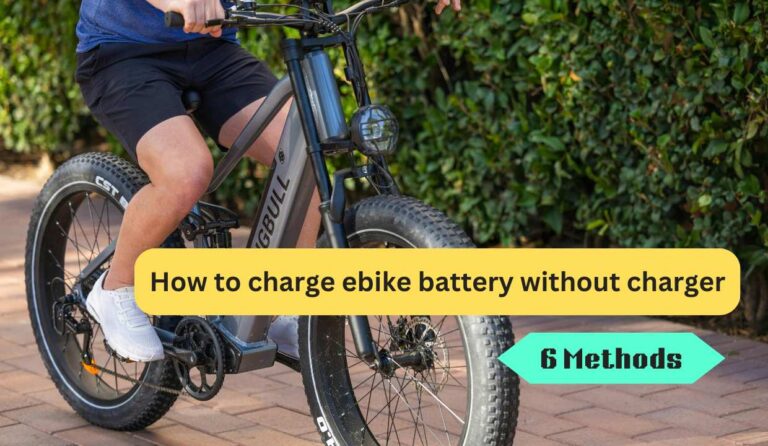

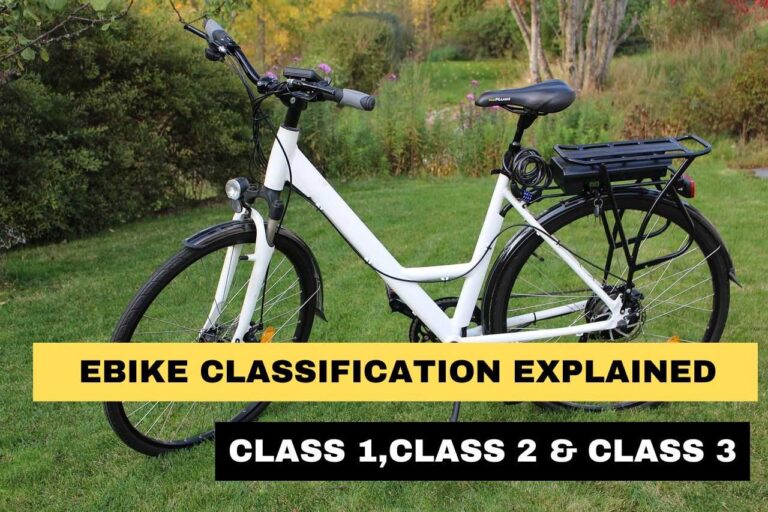
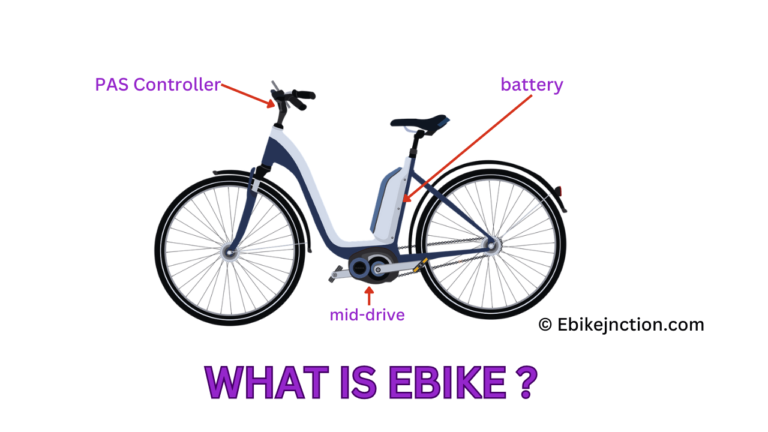
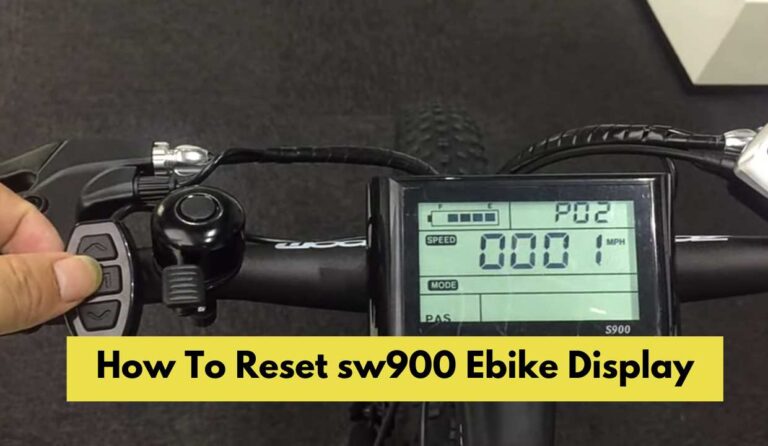
Very interesting info !Perfect just what I was searching for!